Banda Aceh, 10 Years Post-Tsunami
I was in Banda Aceh, Indonesia, last week. Traveling with Larry Vale, professor of urban design and planning at MIT and director of the Resilient Cities Housing Initiative (RCHI), and Shomon Shamsuddin, postdoctoral research fellow at RCHI, we were there to observe the progress of housing development ten years after the 2014 Indian Ocean Tsunami. We visited Banda Aceh at the invitation of Teuku Alvisyahrin, of the Tsunami and Disaster Mitigation Research Center.
Banda Aceh, although now relatively well-known because of the disaster and subsequent recovery effort, still lies quite far from either mainstream travel itineraries or much international development and planning conversations. Add to that lingering concerns, perpetuated by the slim amount of news of the area, about continued political challenges and the recent implementation of sharia law. It’s not necessarily somewhere one just happens to end up.
The tsunami in 2004 devastated the region, and wiped out large parts of this city. The waves, more than 20 meters high (65 ft), not only leveled the majority of built structures in the affected areas, it reshaped the land itself. Now, Banda Aceh is widely held as a successful reconstruction effort. Indeed, recovery – at least of the built environment – seems rapid and ongoing. Throughout the area, we saw thousands of new homes – all more or less of a kind, small, single-family, modest houses built by scores of NGOs. Ten years on many of the developments feel lived in, changing, and alive.
That said, they’re also not all the same. Some neighborhoods have clearly grown more organically, in a more interwoven manner, than others. We visited a “model” village, neat houses surrounding a comparably mammoth evacuation building. The only structure older than ten years was a partially destroyed two-plus storey house (see photo below), evidently left in this state as a memorial. We saw growing, changing neighborhoods, including, notably, areas accented with distinctly elevated houses by the nonprofit group UPLINK that had been filled in, added to, increasingly transformed. There were also developments that looked more monotonous and disconnected, showing less regard for existing community and livelihood networks.
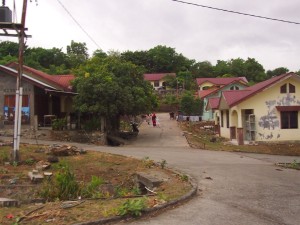
The so-called Kampung Jackie Chan, or more officially Kampung Persahabatan Indonesia-Tiongkok (Indonesia-Tiongkok Friendship Village), funded and built by Chinese charities and contractors
And the growing of new community networks continues, quite literally. We heard stories about orphaned children with rights to houses but not yet old enough to live in them.
It was incredibly sobering to witness villages in which less than a fifth of their original residents survived, the survivors talking about those that perished with a directness that certainly belies the trauma that must have followed this massive destruction. At the end of our visit we visited the largest of the mass grave sites, now the final resting place for more than 46,000 people. How does one comprehend such numbers?
Another powerful facet of the story is the ways in which social relationships changed following such a large scale disaster and the subsequent recovery efforts. Banda Aceh turned into a center of intense NGO activity in the years after the tsunami, NGO expense budgets fueling a not-quite-real environment and economy that I imagine a place like Haiti to be in all the time. Residents also talked about the likely permanent shift in culture over the years, with multi-gender, late night cafe hangouts and WiFi hotspots now quite normal.
Over the coming months the RCHI team will be doing our part to understand better the role of housing in this recovery – what worked well, and what challenges remain. For now, I feel fortunate to have come at this particular time, soon enough to perceive the palpable enormity of the tragedy, far enough along to sense long-term impacts and real change.
Many thanks to Alvis, whose knowledge, hospitality, and planning made this visit invaluable and memorable.
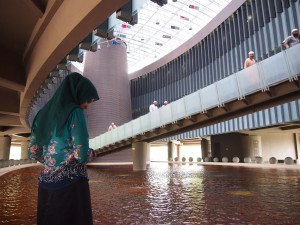
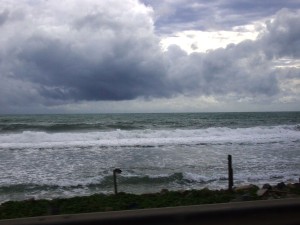
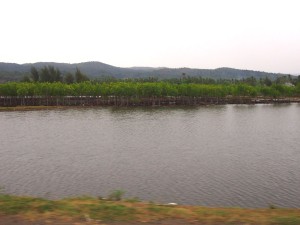

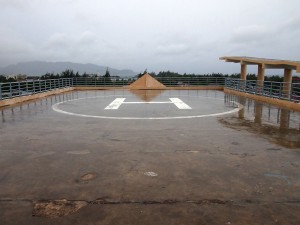
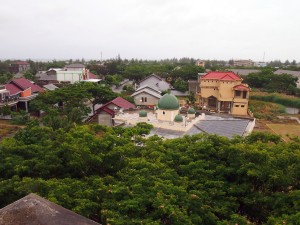
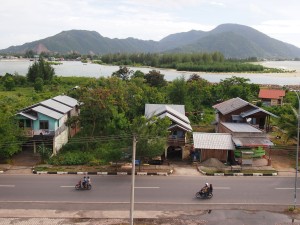
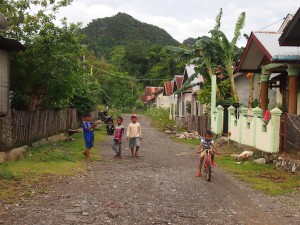
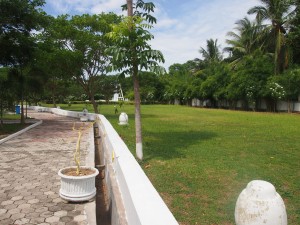
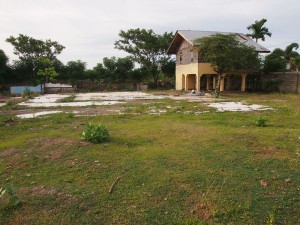
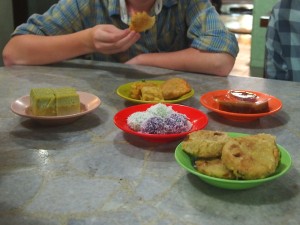
hi Kian Goh, thank you for sharing your notes on Banda Aceh tsunami housing, I was part of UPLINK team but haven’t had a chance to revisit since 2007. Did you see most of the elevated houses had been filled, transformed, and expanded? So interesting to know how families improve their house over time.
Hello, Andrea Fitrianto. Thank you for reading and your comment! The UPLINK work is impressive. Most of the elevated houses we saw indeed had been filled in and expanded. Some had various kinds of commercial activity as part of their transformation too. Certainly very interesting to see how these have evolved over time. Hope you get a chance to visit again soon.